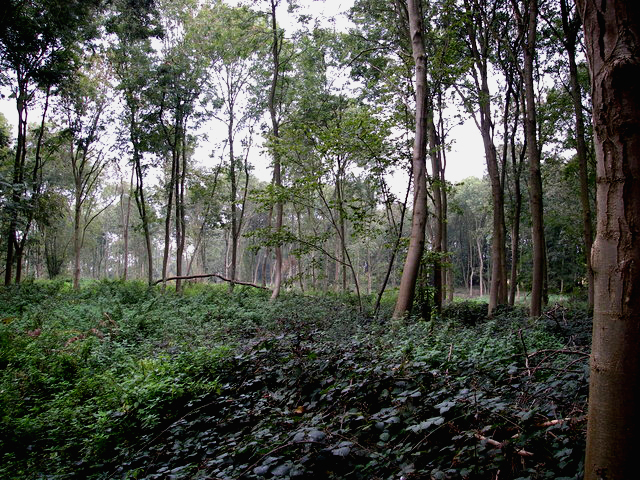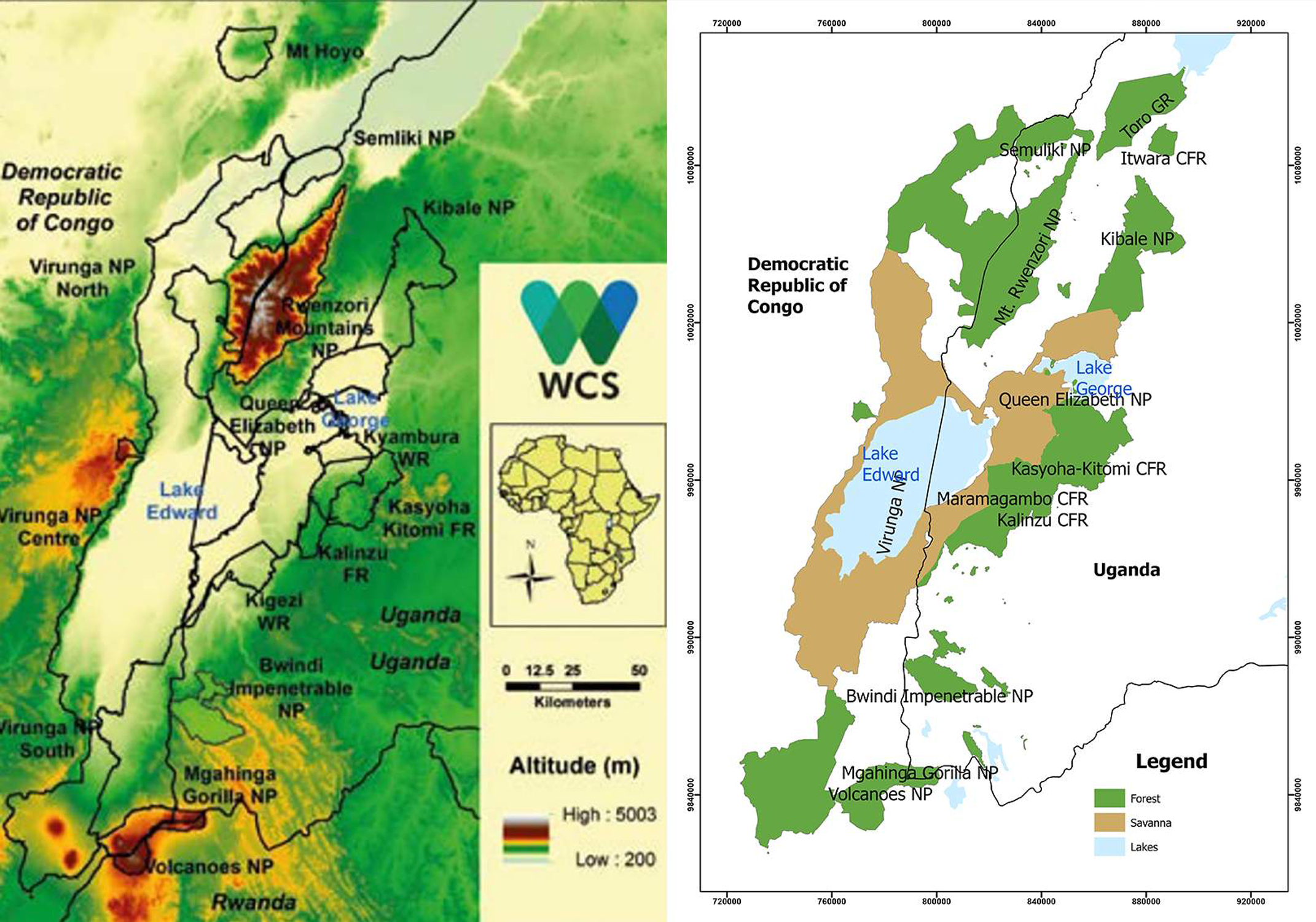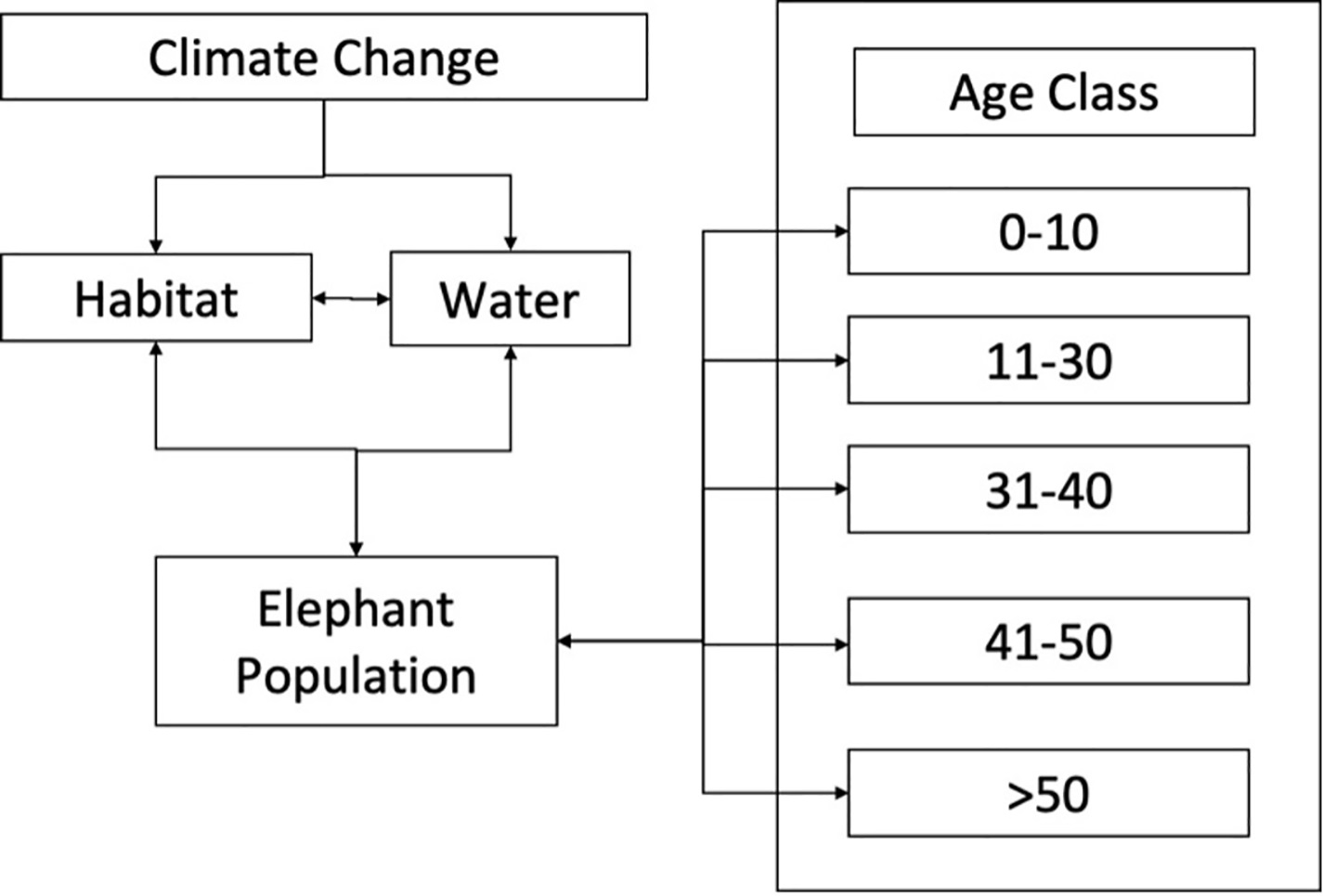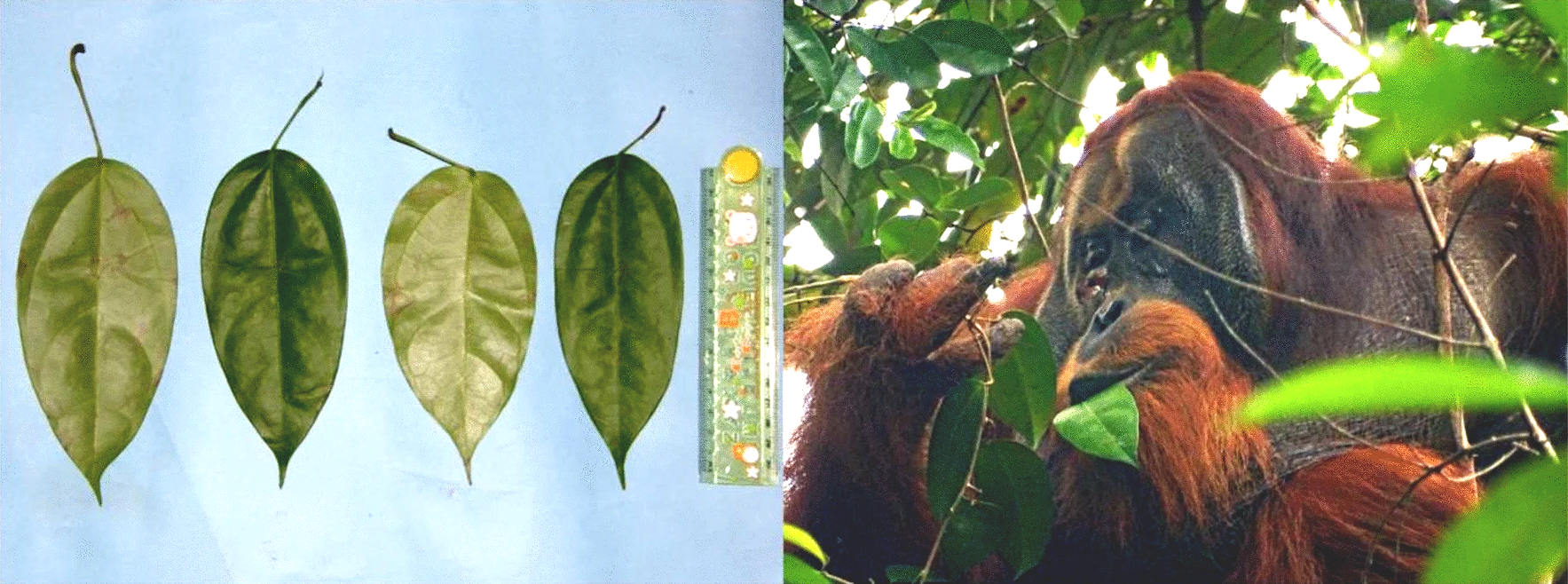
Left: Pictures of Fibraurea tinctoria leaves. The length of the leaves is between 15 to 17 cm. Right: Rakus feeding on Fibraurea tinctoria leaves (photo taken on June 26, the day after applying the plant mesh to the wound). Scientific Reports (Sci Rep) ISSN 2045-2322.
Nature’s Ingenious Healers
In a new study documented in the lush rainforests of the Gunung Leuser National Park, Indonesia, a male Sumatran orangutan has been observed applying a biologically active plant to a facial wound. This intriguing behavior not only showcases the intelligence of orangutans but also opens new avenues in understanding the evolutionary origins of medicine. Here’s an overview of this fascinating study, which could reshape our understanding of non-human self-medication and its implications for natural healing practices.
Intelligent Healing: Orangutan’s Use of Medicinal Plants
Researchers from the Max Planck Institute of Animal Behavior and several Indonesian institutions captured a rare and enlightening behavior exhibited by a male Sumatran orangutan named Rakus. After sustaining a facial wound, Rakus was observed selecting, chewing, and applying leaves from the Fibraurea tinctoria plant—commonly known as Akar Kuning—directly onto the wound. Over several days, he applied the masticated leaves and juice, effectively managing his injury.
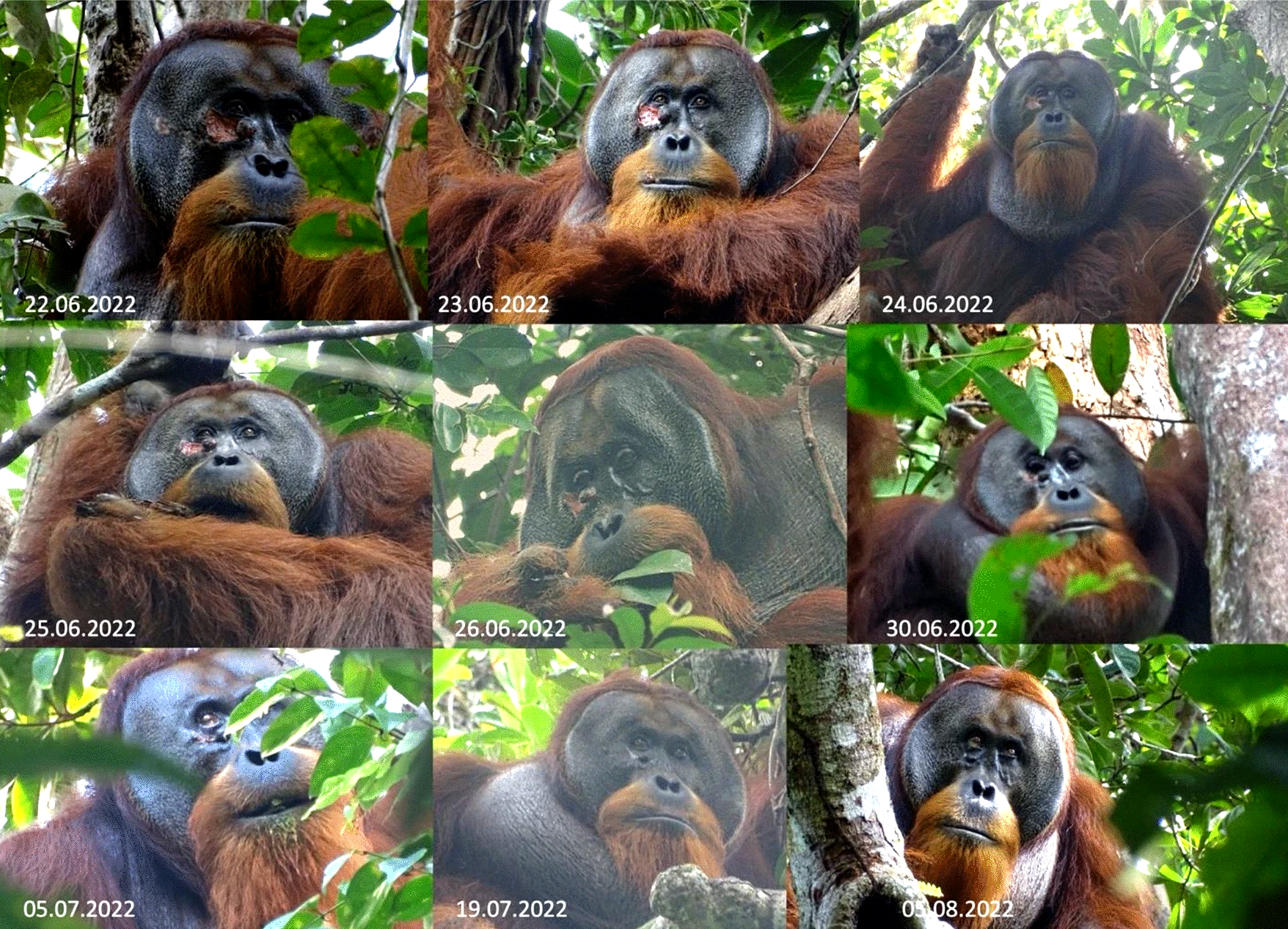
Process of wound healing. Rakus fed on and later applied the masticated leaves of Fibraurea tinctoria to his facial wound on June 25. On June 26 he was again observed feeding on Fibraurea tinctoria leaves (see photo). By June 30 the wound was closed and by August 25 was barely visible anymore. Scientific Reports (Sci Rep) ISSN 2045-2322.
Fibraurea Tinctoria: Nature’s Pharmacy
Akar Kuning is not just any plant; it’s a cornerstone of traditional medicine in Southeast Asia, renowned for its analgesic, antipyretic, and anti-inflammatory properties. The study highlights the presence of furanoditerpenoids and protoberberine alkaloids in the plant, compounds known for their antibacterial and healing capabilities. This suggests that Rakus’s choice of treatment was not coincidental but driven by an intrinsic understanding or learned behavior regarding the plant’s medicinal benefits.
Implications for Human and Veterinary Medicine
This behavior documented by the research team is among the first systematically observed case of a wild animal using a biologically active substance for wound treatment, providing invaluable insights into the potential origins of medicinal practices among humans.
Active wound treatment among great apes was only recently observed for the first time outside of the Sumatran orangutan. In Loango National Park, Gabon, researchers documented chimpanzees from the Rekambo community using insects as a form of medication. These chimpanzees applied insects to their own wounds and those of their peers, with nineteen instances of self-treatment and three instances where they treated other members of their community. This behavior provides further evidence of the sophisticated self-medication practices that exist within the great ape species.
The findings could have significant implications not only for understanding animal behavior but also for veterinary and even human medicine, offering natural alternatives or complements to synthetic drugs.
Evolutionary Perspectives on Health
The observation suggests that the use of medicinal plants is possibly an evolved trait among great apes, indicating that such practices could date back to common ancestors shared with humans. This behavior demonstrates a complex level of cognitive function and environmental awareness, suggesting that orangutans might be capable of health management practices that have evolved independently but parallel to human developments.
Future Research and Conservation Efforts
The study underscores the importance of continued research and conservation efforts in the habitats of orangutans. Understanding their behavior and environment not only helps protect these intelligent creatures but also aids in preserving the rich biodiversity of the rainforests, which holds untapped potential for medicinal discoveries.
Summing Up
The self-medication behavior exhibited by the Sumatran orangutan opens up new dialogues in both the scientific community and public sphere about the cognitive capabilities of non-human primates and their conservation. As we delve deeper into the natural world’s secrets, such studies are pivotal in bridging the gap between human and animal health practices, emphasizing the interconnectedness of all life on Earth.
By promoting awareness and fostering research in these critical areas, we can better appreciate our closest living relatives’ sophisticated behaviors and the natural resources that our planet has to offer. This study is not just a testament to the intelligence of orangutans but also a call to action for conservation and respect for wildlife and their natural habitats.

